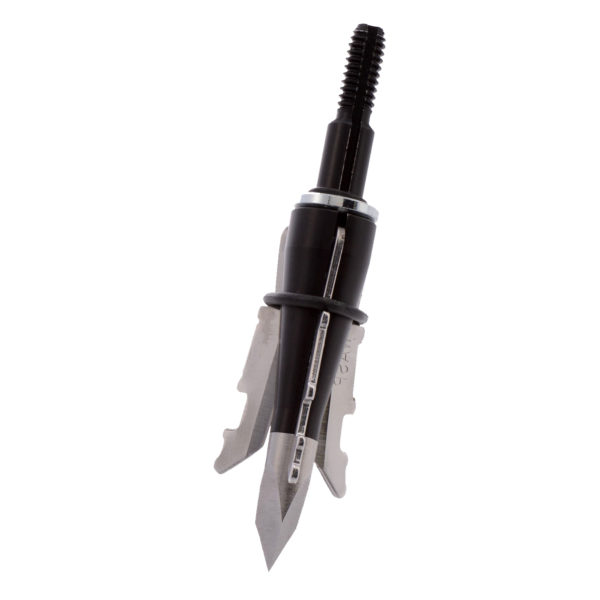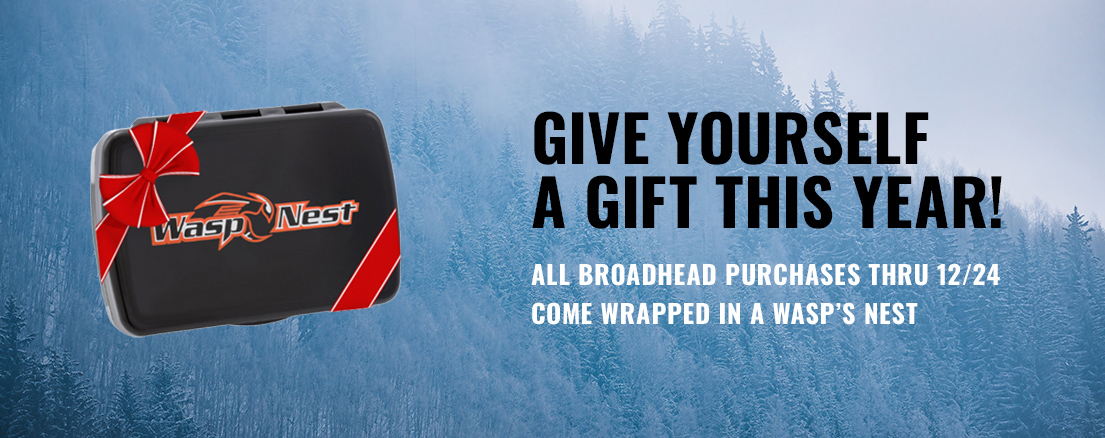Game On! Tips for Early Season Whitetails
The first few days of bow season can be the best ones for tagging a giant buck, but only if you have the right hunt plan
Once bow season opens, hearts and minds are often on the rut — but the early season can be just as productive for tagging a big buck and in some instances, even more so. During the first weeks of September, bachelor groups of whitetails are typically still following their summer patterns and can be quite susceptible to bowhunters who put in their scouting homework. If you’re good at connecting the dots, you could tag a bruiser buck during the first few days of the season.
Some bucks will become a little more erratic in their behavior after shedding their velvet, while others stick to those late-summer patterns for a few days longer. Regardless of whether you’re hunting deer that are still in velvet or freshly shed, this opportunity is short-lived, so you need to make your first few days count. Here’s how.
FIND THE FOOD
Food sources can vary from one region to the next but generally clover, alfalfa, soybeans, and standing corn are attractive to deer during early archery season. Before your hunt, if possible, glass potential fields from several hundred yards away during the evening hours. Deer, including mature bucks, will often be up and on their feet an hour or more before nightfall. This will not only help you to identify a potential buck to target, but it can also reveal where he likes to enter the food source and where he feeds the most consistently.
Hunting standing cornfields can be trickier, as they hide lots of deer. In western areas where prairies surround a handful of standing cornfields, most of the deer will literally live in the cornfield and rarely leave it. That’s because the cornfield offers both nutrition and security. But deer still need water, so try to peg places where they exit the cornfield to drink. This leads us to the next point.
FOCUS ON WATER IF IT’S HOT AND DRY
Hunting the first few days of bow season often coincides with dry, hot weather, making water sources productive places to hunt. Focus on water holes that are close to bedding areas or food sources, as deer typically don’t veer too far away from their other necessities unless water is scarce. Even a puddle can draw deer in for a drink. Both morning and evening hunts can be productive but in extreme heat, don’t overlook the midday hours for watching a water hole. When it is scorching hot and dry, deer must drink. Hunting all day can make for a long shift, but it only takes one buck to get on his feet and come for a drink to get your opportunity.
STALKING
Some areas with the earliest archery openers find bucks feeding in open terrain that’s lacking trees and other conventional ambush cover. This is especially true of the prairie habitats, but it can also be the case in some of the Midwest’s vast agricultural areas. If you find a bachelor group of bucks but no trees for your stand or saddle, don’t be afraid to get western. It is possible to catch bucks leaving food sources at daybreak, and if you have a great glassing perch, you might be able to watch a buck bed. Sometimes they’ll lay down in tall soybeans or in a cluster of willows that are easily approachable. Plan your stalk carefully, with landmarks to keep you on track, and always keep the wind in your favor. You might just slip into easy range.
MORE EARLY SEASON WISDOM
If you live in a state with an early opener, an effective, low-impact way to take inventory of the bucks in your hunting area is to canvas the place with trail cameras, preferably wireless ones, which eliminate the need to visit the camera locations to pull cards. Check the regulations beforehand. Excellent trail camera locations are near water sources, on trails entering or exiting agriculture, gate openings, creek crossings, and in the corners of crop fields.
A great way to attract every buck in the area to your trail camera is to hang a grape vine or hemp rope at a buck’s forehead height and then scrape away the dirt beneath it. Mock scrapes are commonly thought of as mid-season ploys, but hunters who know better depend on fake scrapes year-around for getting deer pictures. Plant the mock scrape in a general area that bucks already frequent for the best results.
If you arrow a velvet buck, it is highly important to take care of the velvet if you intend to preserve it. If possible, get your velvet antlers into the freezer or to the taxidermist immediately. There are also sprays made that preserve the velvet. Without taking steps to care for it, velvet will quickly rot and peel away, so plan ahead.
Meat care is also critical. In warm weather, the clock to spoilage is counting down. If you retrieve the deer whole, keep it in the shade and stuff the chest cavity with ice to begin cooling the carcass. If you can butcher immediately, even better. Get the animal quartered and on ice in a thick-walled, well-insulated cooler. Be sure to keep the melted ice drained so that the meat doesn’t submerge in water, which is a cesspool for bacterial growth and creates a fast track to spoilage.
If you have an early archery opener where you hunt, don’t wish it away by thinking too far ahead to the rut. This can be the very best time of the season to tag a mature, trophy animal. Scout more than you hunt, plan your ambush carefully, and when you get your shot, put your favorite Wasp broadhead exactly where it belongs.
— Story by Wasp Archery Staff; image by John Hafner
SIDEBAR:
TRY A CLASSIC MECHANICAL FOR YOUR NEXT WHITETAIL
 Plenty of whitetail hunters love mechanical broadheads for several great reasons. Mechanicals are generally easy to tune and from most setups, they’ll hit right with your field points. But the bigger advantage may be in cutting diameter and surface. A big, sharp mechanical is devastating on whitetail-sized game. Broadheads like our Jak-Hammer 1-3/4 have a stainless steel Smart Tip for bone-breaking power and three rugged blades for cutting massive holes. With a good hit, you can expect a heavy blood trail and easy recovery, both of which are especially important when hunting whitetails near thick cover and on small properties.
Plenty of whitetail hunters love mechanical broadheads for several great reasons. Mechanicals are generally easy to tune and from most setups, they’ll hit right with your field points. But the bigger advantage may be in cutting diameter and surface. A big, sharp mechanical is devastating on whitetail-sized game. Broadheads like our Jak-Hammer 1-3/4 have a stainless steel Smart Tip for bone-breaking power and three rugged blades for cutting massive holes. With a good hit, you can expect a heavy blood trail and easy recovery, both of which are especially important when hunting whitetails near thick cover and on small properties.


